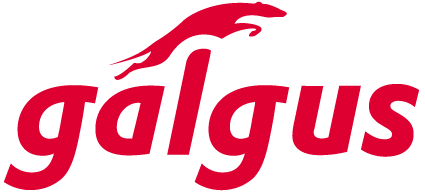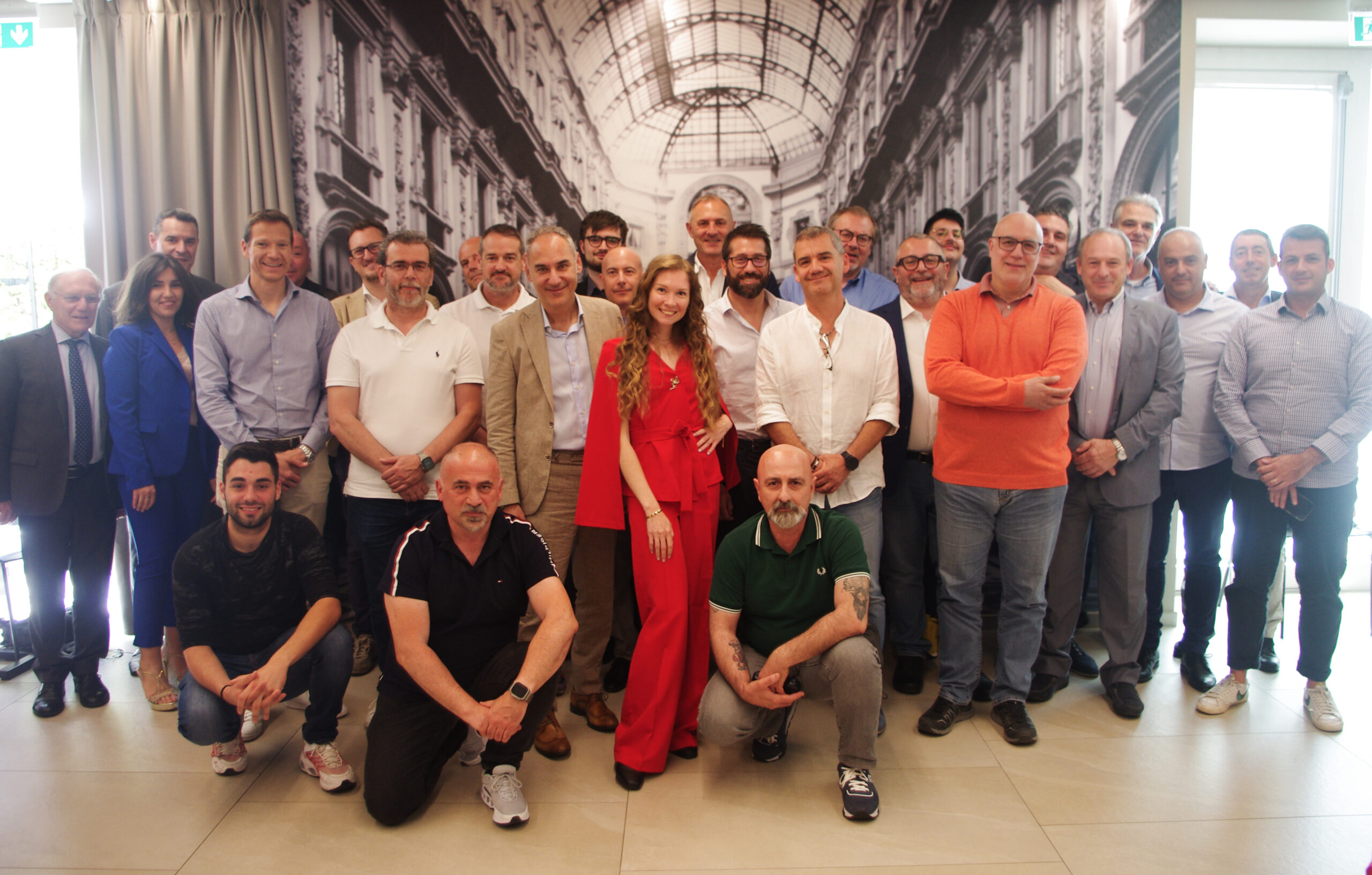The health situation we are experiencing has made the Internet an even more important resource than it already was. Teleworking and the need to be in touch with family and loved ones have influenced this process. For this reason, we have decided to analyze the current situation of connectivity as well as its trends for the near future.
How are we using the internet?
According to the Spanish National Institute of Statistics (INE), Internet users in Spain have increased by more than one million users due to the pandemic, reaching 32.8 million users.
This institution also states that 93.2% of people aged 16 to 74 have connected to the internet in the last year. Of these, 91.3% do it at least once a week, 83.1% do it daily, and 81% do it several times a day. In addition, 95.3% of households have access to the internet via mobile, fixed broadband or both.
The Survey on Equipment and Use of ICT in Households concludes that the main type of broadband connection is fixed (fiber optic or cable network or ADSL), installed in 82.1% of households. 13.2% exclusively access the internet via mobile.
Regarding the distribution of fixed broadband by municipalities, in those with a population of more than 100,000 inhabitants, 85.5% have it; the percentage is 73.7% in those with less than 10,000 inhabitants. This trend is reversed for mobile connections.
The challenge of the digital divide in rural areas
One of the problems in terms of connectivity is the existing digital divide in rural settings. The broadband coverage report published by the Spanish Ministry of Economic Affairs and Digital Transformation states that 13.4% of these areas do not have 30 Mbps internet access.
This report also appreciates a significant improvement in recent years, but that is not enough. In fact, the goal set for the beginning of 2020: 90% of the rural population with a broadband internet connection, was not achieved.
A study on rural smart carried out by the Polytechnic University of Madrid reveals that 40% of Spanish rural areas have a mobile broadband connection and that only 9% of its population has digital skills.
Compared with the rest of Europe, Spain is not in a good position in terms of rural internet availability. The situation in Spain is similar to the one in countries such as Bulgaria, Cyprus, Lithuania, Croatia and Latvia.
With the health crisis and the increase of teleworking, many people have considered moving to rural areas. These and other reasons led institutions to concentrate efforts in improving connectivity in these areas.
For example, the Spain Digital 2025 agenda counts with 50 measures that should be implemented over the next four years. Its purpose is to promote the digital transformation of the country with the collaboration of all the agents involved, both public and private. This agenda aims for the entire national population to have a 100 Mbps internet connection by 2025.
There are also initiatives at the European level, such as WiFi4EU. Through this initiative, municipalities of the member countries, in addition to Iceland and Norway, have economic support to locate WiFi access points to achieve a free and quality connection in public spaces.
Main technological trends in internet connectivity
In this context, technology developers continue to work to offer increasingly evolved connectivity solutions. This work gives as a result the latest trends. We review them.
Wi-Fi 6 and Wi-Fi 6E
2021 seems to be the release year of the new version of Wi-Fi, known as Wi-Fi 6 or the IEEE 802.11ax standard for wireless local area networks. With this version, the connection speed can be multiplied by 3, reaching speeds of up to 9.6 Gbps.
In addition to faster connection speeds, Wi-Fi 6 provides greater cybersecurity and suits better environments with high demand for connections. Also, it mitigates the effects of interference with other Wi-Fi networks, as well as promotes energy saving.
We can consider Wi-Fi 6E as an evolution of Wi-Fi 6 since it extends the network action spectrum. If you want to know its main characteristics, you can find them in our article: The arrival of WiFi 6E network means a faster WiFi for 2021.
Wi-Fi Passpoint
It is a standard created by the Wi-Fi Alliance that represents a significant improvement for public access points. One of its benefits is that users don’t need to enter the network access credentials every time they want to connect from a cafeteria, shop, stadium, etc. Access will be immediate, saving on 4G / 5G data and using roaming between hotspots at different locations without interruptions.
Wi-Fi Passpoint has become so important that it is a requirement to participate in the WiFi4EU program. At Galgus, we have been using this standard in our devices for a long time, that’s why we have obtained the certification from the Wi-Fi Alliance.
WPA3
This security standard was announced in 2018. However, the Wi-Fi Alliance has decided to take a step forward for its final implementation and make it mandatory for devices that want to be officially certified.
WPA3 uses 192 data encryption versus 128 bits used by its predecessor, WPA2. This reinforces the security of networks, protecting them from threats such as brute force attacks. Cybercriminal tries to decrypt a key by trying all possible combinations of characters. So a higher bit encryption makes this task difficult for them.
IoT
In recent years the Internet of Things or IoT has become more popular. Using this technology, it’s possible to collect and process data of different types in multiple environments. The devices used for it, also send this information through a network.
Although IoT is closely related to home automation, its application is much more extensive. It’s an essential part of smart cities, as well as smart industrial environments. It also shapes the Industry 4.0 paradigm.
Only in Spain, the IoT market grew by 18% in 2020 in comparison to the previous year, the number of users of these systems also increased by 66%.
This brief review of the current situation of internet connection, with special attention to Wi-Fi network, comes to an end.
We offer companies and public entities all the necessary resources to shape a connection that is up to the requirements in terms of speed, responsiveness to complex situations and security.
The proof of this is that we got the Wi-Fi Passport certification from the Wi-Fi Alliance. A recognition of the characteristics and benefits that our devices offer.
In addition, we offer to the deployment responsible for infrastructures for the WiFi4EU program the hardware and software they need to meet all the requirements.
Regardless of your professional environment, you can count on us to get everything you need to take full advantage of your network. Would you like to tell us about your case?









